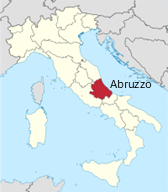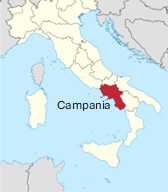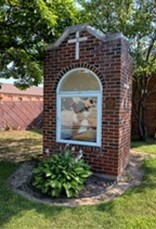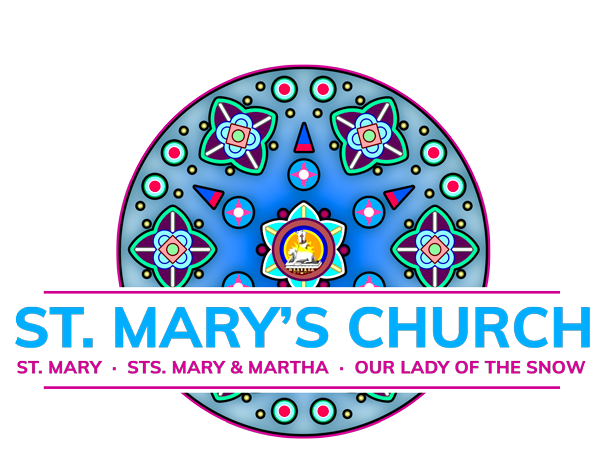Italian Community in Auburn, NY

The Italians were the largest foreign ethnic group in Auburn in 1910, comprising 21% of the foreign-born population. Three paesi (villages) sent immigrants to Auburn – Celano and Paterno in Abruzzo and San Salvatore Telesino in Campania. After 1900, many also came from the island of Sicily.
Factories in Auburn provided the majority of the jobs to the Italian immigrants. This was partially due to a labor shortage caused by a ban on using free labor from Auburn Prison.

Almost two-thirds of the Italians, primarily Sicilians and Calebresi, lived in Ward 8 where Columbus Street is located. Others lived in Ward 3 (mainly those who arrived before 1900), and Ward 4 (Abruzzesi and Napoletani). Clustering by region provided a sense of security and regional dialects, often incomprehensible to an Italian from another regions, built invisible boundaries.
Most Italians, regardless of region of origin, felt a sense of competition with the Irish. Securing a job often depended upon knowing the system. One way for an employer to advertize for workers was to post a notice in the basement of St. Mary’s church, asking that those interested to appear at a given time. Although the Italians would go, their lack of knowledge of English often meant that the Irish would be chosen for the jobs. This was a source of resentment toward the Irish.
There was one subject on which most Italians agreed. They wanted an Italian church. Before 1908, most Italian immigrants worshipped at St. Mary’s Church. As the number of Italians in the parish grew, services for the Italians were relegated to the bsement of St. Mary’s known as Lyceum Hall. Interviews with the children of immigrants confirm that their parents worshipped in the basement of St. Mary’s because they were not allowed to attend Mass upstairs. One immigrant’s nephew recalls how his aunt was not even allowed to get married in the main sanctuary of the church. Italian immigrants in the first half of the twentieth century were not part of the mainstream Catholic Church. To Italian Americans, the Church was an Irish-American institution.
Eventually, the Auburn Italians appealed to Bishop Bernard McQuaid, who was the first bishop of the Rochester diocese from 1868-1909, for permission to build a church. They built St. Francis of Assisi Italian American Catholic Church in 1908 on Clark Street on what was then farm land. Rev. John R. Fitzsimmon became temporary pastor until Father Giovanni Robotti arrived from Italy. The cost for building St. Francis Church was $17,000.
With their new church, the Italians formed religious societies such as the Holy Name Society for men and the St. Lucy and Sacred Heart Societies for women. These societies provided social activities, such as games of bocce or cards, picnics and formal dinners as well as Masses for special intentions. They could also institute their Italian Christmas and Easter traditions into the service. Devotion to Mary, especially praying the Rosary daily, figured prominently in the lives of Italian American women. There was special devotion to Our Lady of Loreto.
Large groups of paesani (villagers) formed societies devoted to the patron saint of their paese (village). (In Italy) The saint was charged with protecting the physical space of the village and was owed deference by all those living within that space. Included in this power was that of protection from dangers yet to happen. Italian peasants had no control over dangers such as disease and earthquakes but in Auburn, these fears were replaced by job insecurity, language barriers, discrimination and the uneasiness of an encounter with a foreign culture. Often these societies had counterparts in other cities in the United States. The San Leucio Society of Auburn was such an example. (St. Leucius was the first bishop of Brindisi, Italy.) A shrine to him is currently located on the church grounds.
Italian popular religious practices soon found their way into the life of Italian immigrants in Auburn. The most important of these was the festa. In Italy one could find a festa in some small paese on any day of the year. The first festa initiated in Auburn commemorated the Assumption of the Blessed Virgin Mary on August 15th. The Italians had begun this festa while they were still parishioners at St. Mary’s. The celebration began with a benediction and instructions given by the Rev. Domenico Coda of Croton Falls. The area around State, Clark and Genesee Streets was decorated for the festival with special illumination. Funds from the festival formed one of the sources of capital for the construction of their new church. Soon the festa became another way of expressing regional loyalty. In a spirit of healthy competition, a group of Barese (from the area around Bari, Italy) decided to initiate the festa of San Rocco, a saint who had a large following in the U.S. and in Italy. The festa in Auburn was celebrated on August 31 or Labor Day weekend. (His feast day is actually August 16 but that date probably conflicted with the Assumption.) San Rocco is venerated as the “protector agains the plague and all contagious diseases.”
Although the religious aspects of the festa were very important, the festa was more than a religious event. It made the Italians feel connected with those they left behind and reminded them of similar feste in their paesi in Italy. The festa gave the Italians an opportunity to demonstrate their faith and their love for their patron saints in their own way, free from the constraints of the Irish church. Here the immigrants could contribute something of their own – building the bandstand, playing in the band, putting up banners and flags, carrying the statue of the saint – at a time when they had very little to give. During the festa, the Italians could express a sense of pride in their culture and traditions. Most importantly, the festa was an occasion when the Italian immigrants in Auburn could celebrate being uniquely and happily Italian.
Exerpts taken from:
“Patron Saints and Paesani: Italian Immigrants in Auburn, New York 1900-1940” by Jomarie Alano
July 2025
